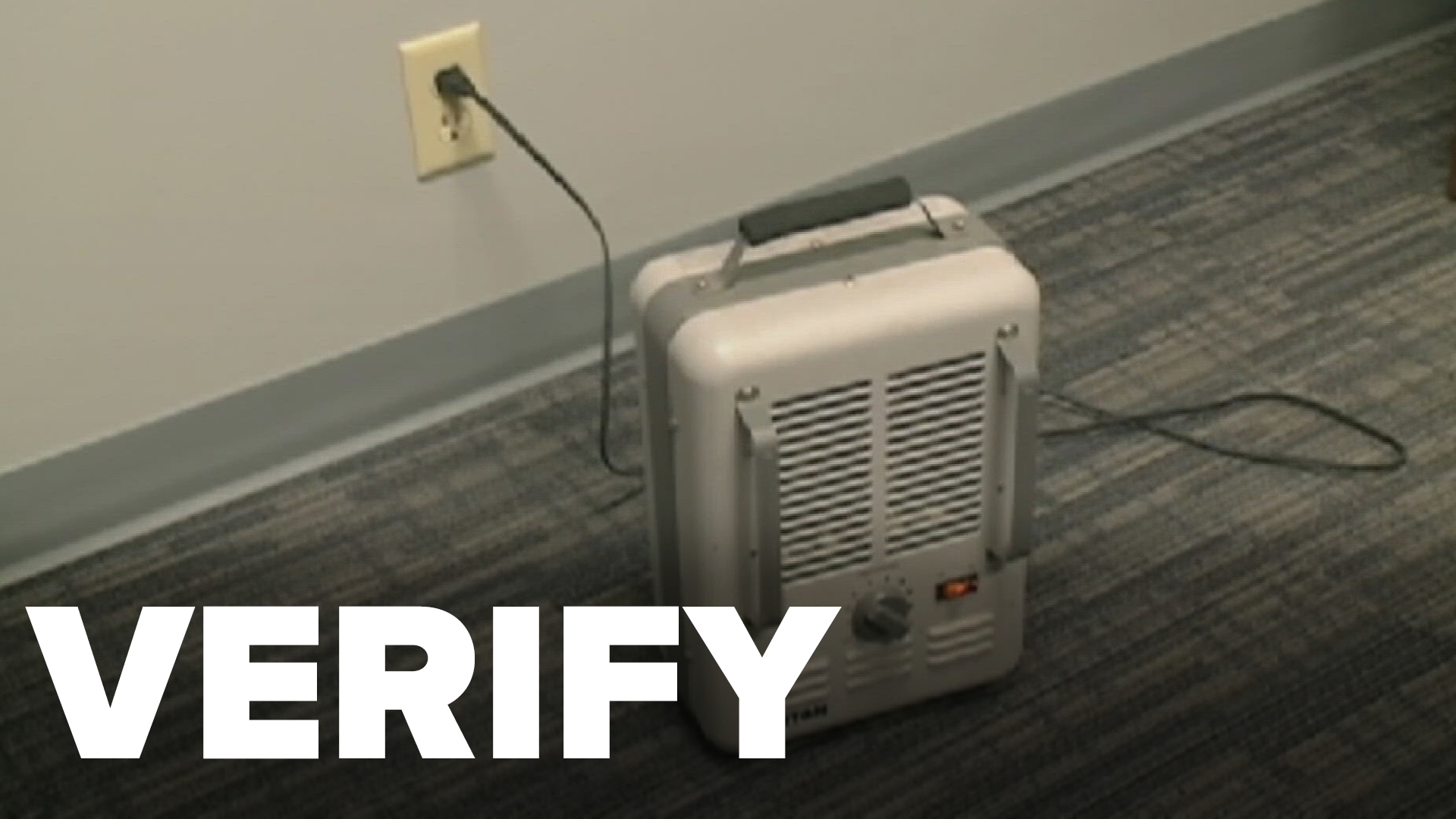DALLAS — The invasive emerald ash borer beetle has been confirmed in multiple Texas counties, officials said Tuesday.
The Texas A&M Forest Service confirmed Tuesday that the beetle, which kills ash trees by eating the tissues under the bark, was found in Grayson, Hill, Hood, McLennan and Palo Pinto Counties.
"The spread of EAB to these counties is alarming,” said Allen Smith, Texas A&M Forest Service Regional Forest Health Coordinator. “It’s more likely for EAB to spread to adjacent counties, but the spread to McLennan County indicates that EAB is being spread by humans, which can be prevented.”
Dallas officials confirmed Monday that the emerald ash borer was found in the Great Trinity Forest and near the intersection of Loop 12 and I-30 in Dallas. The more-than-7,000-acre Great Trinity Forest, which straddles the Trinity River between I-45 and U.S. 175 in southern Dallas, is considered the largest urban hardwood forest in the country.
Texas A&M Forest Service sets traps and monitors for the emerald ash borer each year.
“Since 2018, we annually deploy nearly 500 traps across Central, East and North Texas watching for the insect’s presence and movement,” said Smith. “Both healthy and unhealthy ash trees are susceptible to EAB attack and have no natural resistance to the invasive insect. Without proper proactive measures, mortality can be 100% in heavily infested areas - so early detection could improve our chances to manage for the pest.”
Once the presence of EAB is confirmed in a county, the Texas Department of Agriculture (TDA) assumes regulatory responsibility, which includes the establishment of quarantines. The state’s mandatory quarantine by TDA restricts the movement of any woody ash material exiting the quarantined area.
”Because EAB is transported unintentionally on firewood and wood products, the quarantine helps slow the beetle’s spread by restricting the movement of wood in and out of affected areas,” said Demian Gomez, Texas A&M Forest Service Regional Forest Health Coordinator.
Dallas County is currently in quarantine status along with Denton, Parker and Tarrant counties, according to city officials.
All species of ash are susceptible to the destructive EAB. Infested trees die within two to five years after infestation.
“There is no known way to stop to the spread of EAB,” said Gomez. “But we can help communities minimize loss, diversify their tree species and increase the health and resiliency of urban forests.”
Last summer, emerald ash borer was also found in Dallas near Dowdy Ferry and I-20, officials say.
The emerald ash borer was first discovered in North America in Michigan in 2002. Since then, the invasive pest has spread to 35 states including Texas, where it was first detected in Harrison County in Northeast Texas in 2016. As of May 2024, EAB has been detected in 18 additional counties since its first detection in Texas in Harrison County in 2016. Additional positive confirmations have been made in Bowie, Camp, Cass, Cooke, Dallas, Denton, Grayson, Hill, Hood, McLennan, Marion, Morris, Palo Pinto, Parker, Rusk, Tarrant, Titus and Wise counties
For more information on emerald ash borer in Texas, visit Texas A&M Forestry Service’s website.
Other headlines:



